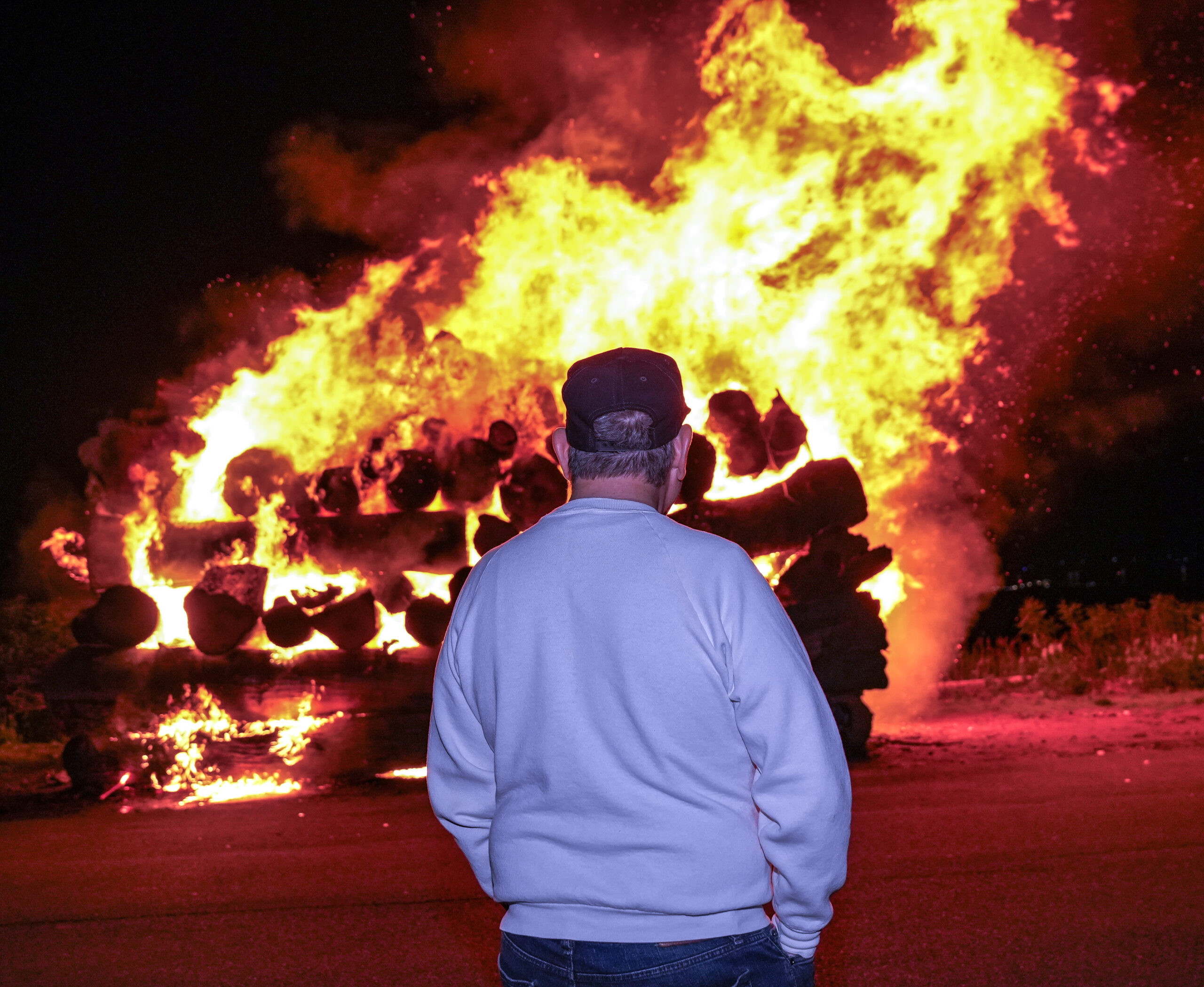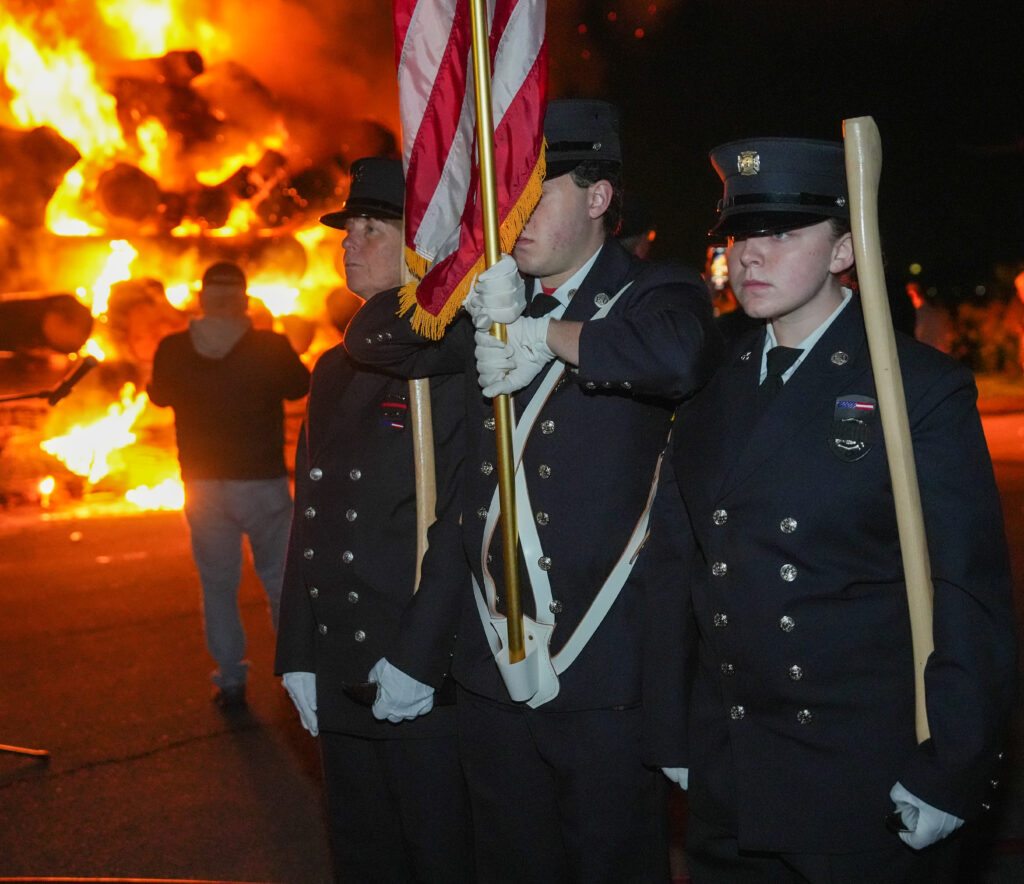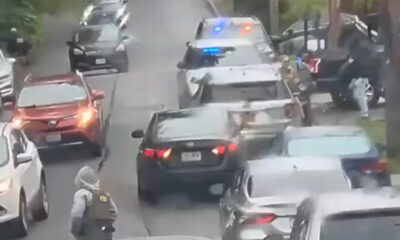Article by Jennifer Korn
NYACK, NY – Protestors took to the streets of Nyack earlier this evening to call for justice in the death of George Floyd. Hundreds rallied in Nanuet on Saturday for a similar protest.
Protests in Rockland have remained peaceful.
“What happened in Minneapolis is far beyond what is acceptable,” said county executive Ed Day in a statement Saturday.
“I just want us to stay focused on the issue at hand. One black man was murdered by four police officers and we want justice,” said Weldon McWilliams, a speaker at the protest.
Marcus Alexandre, a Nyack resident who attended the protest said, “People need to start going out and actually be the change that they want to see instead of just promoting it.”
Yesterday evening, Day released a statement on Facebook in response to threats of violence in the community.
McWilliams challenged Day’s statement. “He lumped protestors with anarchists,” said McWilliams. “The right to protest is our right.”
In his statement Saturday, Day said peaceful protests “can and should be held in response [to what happened in Minneapolis].”
“I would rather things be peaceful,” said Alexandre. “But, the way we are being treated is just unacceptable.”
“Our law enforcement officers will take any and all necessary steps to protect our community,” said Day in his statement yesterday.
“If they do not give us justice, we are going to find a way to take justice,” said McWilliams.

 Police/Fire/EMS1 week ago
Police/Fire/EMS1 week ago
 Community1 week ago
Community1 week ago
 Politics1 week ago
Politics1 week ago
 Government1 week ago
Government1 week ago
















